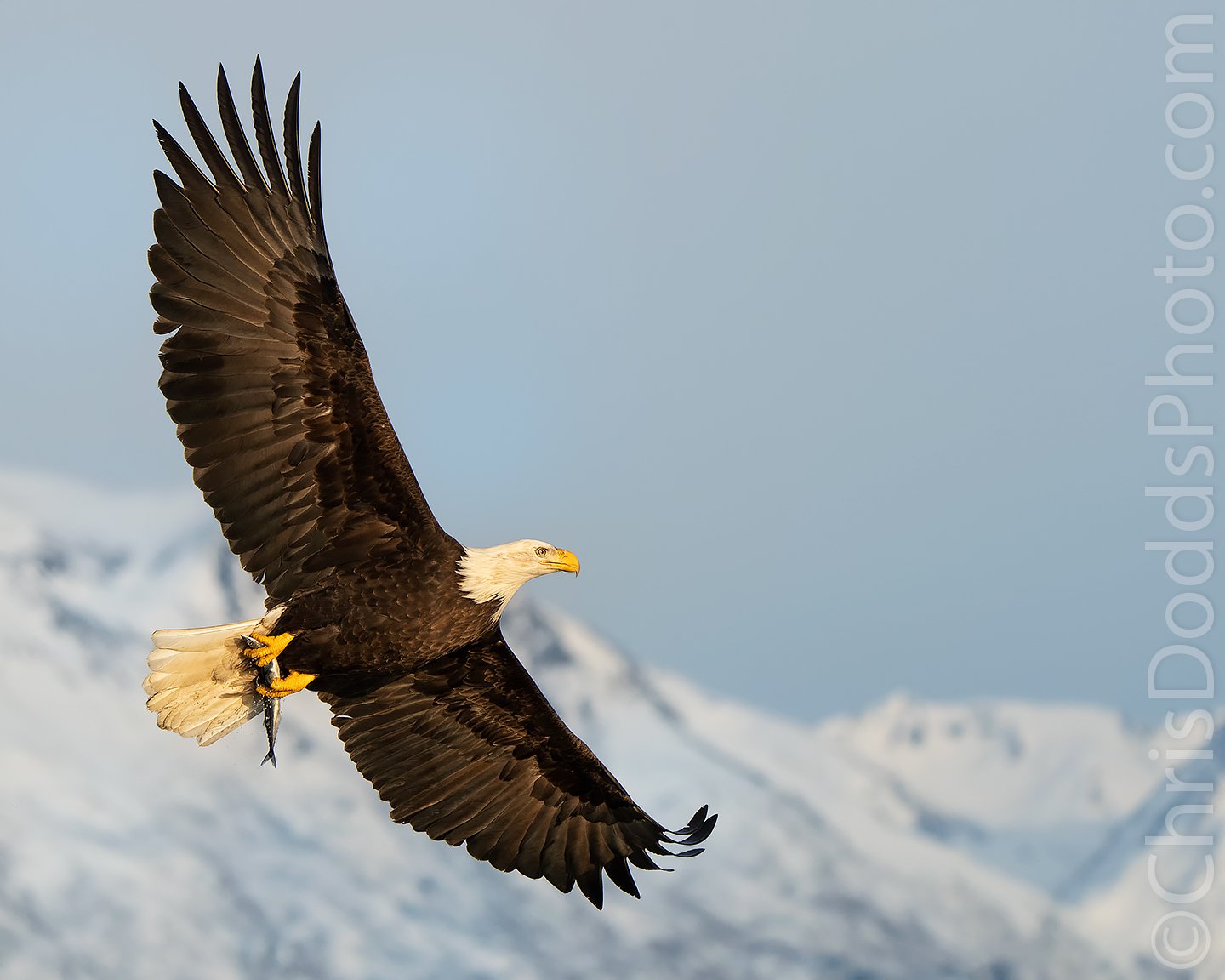Almost at the end of the road along the upper North Shore of the Saint Lawrence River in The Gulf of The Saint Lawrence and almost in Labrador is a little island with a newly restored lighthouse. I charter the entire island every year for the first two weeks of August and host the most magical, fairytale-like “Puffins Galore and so much more workshops” to photograph Atlantic Puffins, Razorbills and more. The magic of the location, the quality of light, the varied backgrounds and the proximity to the birds make it the best place in the world to photograph Atlantic Puffins! We sleep in the fully restored lighthouse keepers’ quarters and eat gourmet food, and our biggest commute to the Puffins once on the island is only 200 meters (200 yards).
Due to popular demand, I have just added one extra workshop from August 10 to 13, and the spots are filling quickly. Learn more about my “Puffins Galore and so much more workshops” HERE.
Atlantic Puffin in flight with fish (Fratercula arctica, Macareux moine, ATPU) from my Deluxe Puffins Galore Lighthouse Island Workshop Adventure. Mingan Archipelago National Park Reserve, Quebec, Canada. Image Copyright ©Christopher Dodds. Sony Alpha 1 Mirrorless camera & Sony FE 600mm f/4 G Master OSS Lens with Sony FE 1.4X Teleconverter @840mm. ISO 5,000, f/5.6 @ 1/5,000s Manual exposure.





















